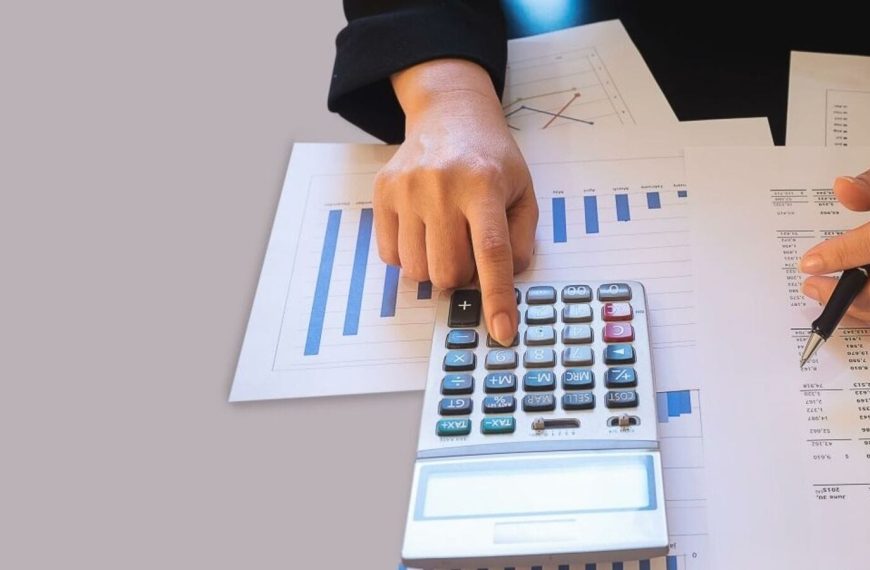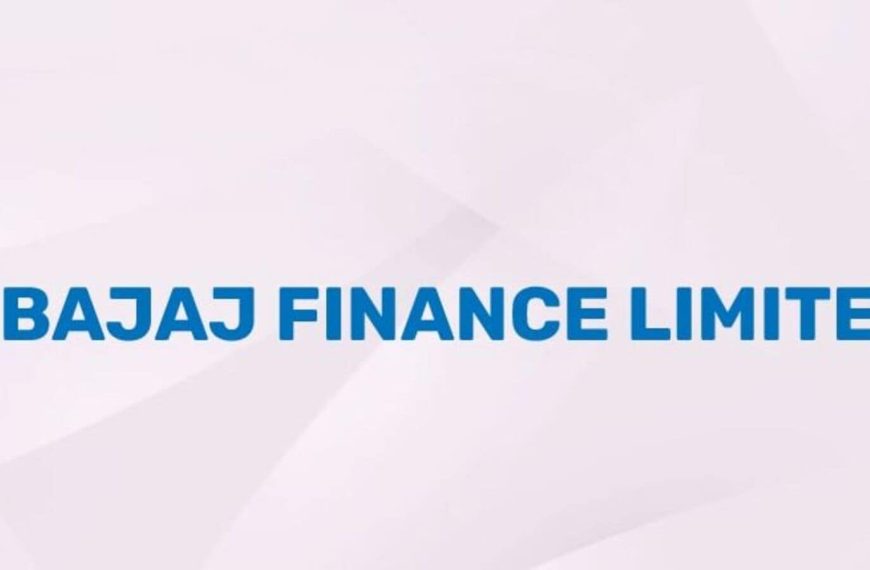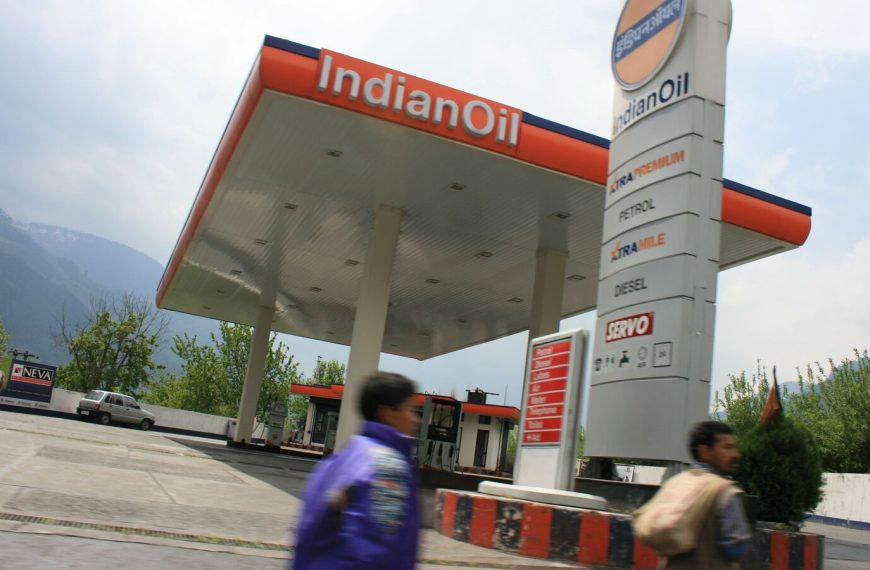The escalating retail gold prices have reached unprecedented heights, causing a forecasted decline in sales volume for organized gold jewelry retailers. According to a recent report by Crisil Ratings, sales are projected to drop by 9-11% in fiscal year 2026. Despite this downturn in volume, the report suggests that revenue will still see a significant uptick of 13-15%, primarily due to higher average prices compared to the previous year. This trend follows an impressive four-year streak of revenue growth, with the industry expanding 2.5 times since fiscal 2021.
Factors Influencing Retail Gold Sales
The dynamics of rising gold prices are multifaceted. With consumers tightening their budgets, there is a noticeable shift toward purchasing smaller quantities of gold. Retailers are responding by ramping up promotions and discounts, especially in Tier 2 and Tier 3 cities, to maintain sales momentum.
- Sales strategies: Promotions and discounts are becoming more prevalent.
- Consumer behavior: Buyers are opting for smaller carat sizes due to financial constraints.
- Geographical expansion: Increased penetration in smaller cities is a key strategy for retailers.
Revenue Growth Amidst Challenges
While the sales volume is declining, the financial outlook remains robust. Crisil Ratings indicates that operating profitability is expected to improve by 30-40 basis points, buoyed by jewelry sold at prices surpassing purchasing costs. This increase in profitability is anticipated despite rising costs associated with inventory acquisition.
- Profitability gains: Higher average selling prices are contributing positively.
- Debt management: Despite increased working capital needs, leverage remains manageable, ensuring a stable credit profile.
A recent analysis of 60 gold jewelry retailers—which collectively represent about one-third of the organized jewelry market—reveals that the industry experienced a 4-5% volume decline in fiscal 2025 due to soaring gold prices, which surged by 25% amid global concerns. By mid-April 2025, gold prices were already 20% higher than the previous fiscal year’s average.
Outlook for Fiscal 2026
Looking ahead, even a moderate rise of 4-5% in gold prices could lead to an annual increase of 22-24% in average prices for fiscal 2026. According to Himank Sharma, Director at Crisil Ratings, the timing of the recent price spike coincided with the festive and wedding seasons, which has somewhat cushioned the impact on demand. However, he notes that consumers may continue to reduce caratage and weight in response to sustained high prices.
- Supportive measures: Duty cuts on gold imports from the previous year continue to bolster demand.
- Regulatory impacts: The implementation of the Goods and Services Tax and Bureau of Indian Standards hallmarking is drawing customers toward organized retailers.
The anticipated revenue for the organized jewelry sector is expected to reach between ₹4.5-5.0 lakh crore for the industry in fiscal 2026.
Financial Resilience of Retailers
In terms of financial health, retailers are expected to experience a dual impact from price increases. While the cost of inventory replenishment will rise, the expected operating margin is projected to stabilize and possibly align with the seven-year average of 7.8-8.0%. Although the debt levels among gold jewelry retailers are set to increase, the growth in revenue and profitability will provide the necessary cash flow for expansion.
Gaurav Arora, Associate Director at Crisil Ratings, emphasizes that despite the rise in debt, capital structures remain robust. The anticipated operating improvements will cushion the effects on debt protection metrics, with interest coverage ratios expected to remain healthy at over 6 times in fiscal 2026.
As the market evolves, Crisil Ratings will continue to monitor fluctuations in gold prices, regulatory changes, and consumer sentiment to gauge their impact on the industry.











